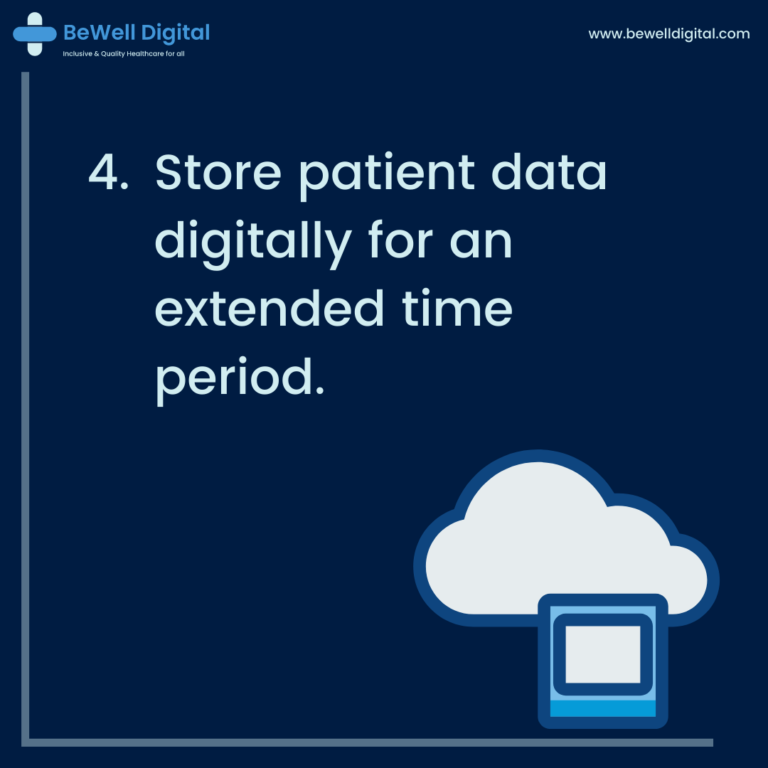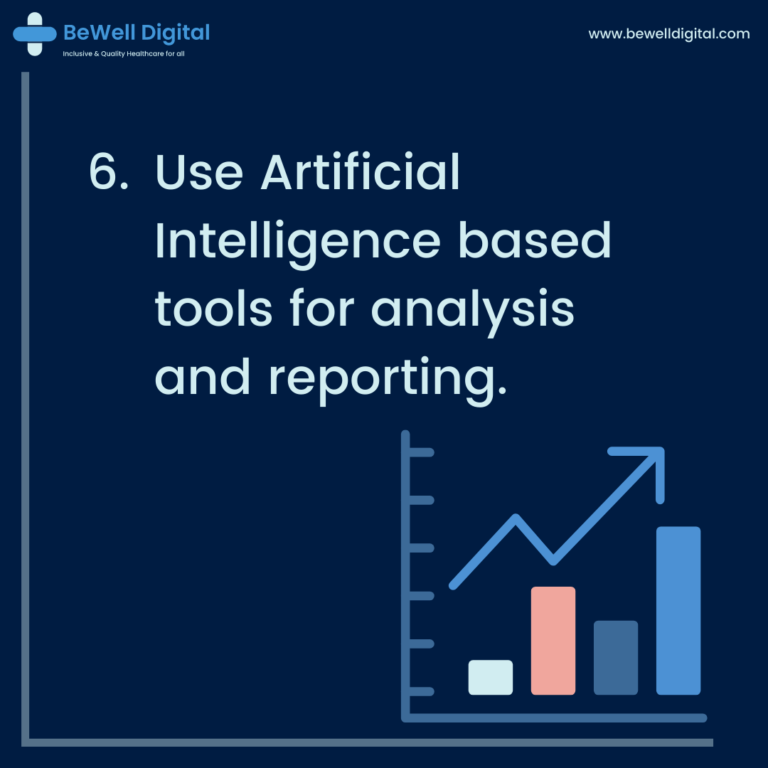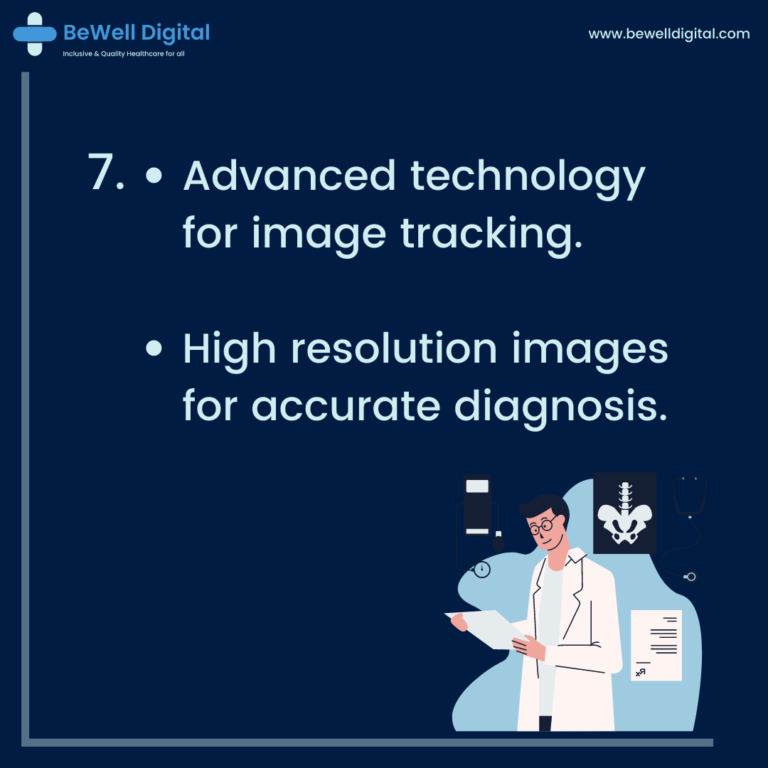What is a Radiology Information System
A RIS software – Radiology Information system is an integrated Electronic Health Record system commonly used by radiologists. It is used to manage medical imagery and all other associated data efficiently. It is often integrated with various functionalities such as administration, examination, reporting, viewing, AI tools, etc.
Some of the primary functions embedded in a RIS system are:
Patient Data Management:
A radiology system allows the hospital admin staff to store patient data on the cloud or local software storage and retrieve it at any point in time without any hassle.
Anytime, anywhere access to patient data:
The essential function of a radiology information system is that radiologists or support doctors can view patient data and scan images anytime from anywhere and on any device. This reduces the time gap and provides better patient care.
Schedule management:
An efficient RIS system allows hospital staff to schedule appointments for inpatients and outpatients seamlessly.
Data storage:
A RIS system enables you to store your patient data for a more extended period of time and also maintain a clear history of patient data and diagnosis that can be retrieved at any point in time on a future date.
Comply with government norms:
The government norms require hospitals to store patient information for a prescribed period of years. Using RIS software will ensure that you comply with these norms and store patient data efficiently for the specified period.
Reporting:
RIS systems use AI-based or advanced statistical tools to provide statistical results and insights for an individual or a group of patients for accurate analysis.
Advanced systems for Image tracking:
With the help of advanced technology that helps with EHRs (Electronic Health Records) and the adoption of PACS (Picture Archiving and Communication System), Radiologists and other stakeholders can view digitized images and provide accurate results any time from anywhere.
Billing:
A RIS system is also integrated with a billing module that helps in maintaining financial data and covers the whole of the billing process like accepting electronic payments, automated claims, etc.
BeWell Digital Radiology Information System manages the radiology practice end to end and addresses all the points mentioned above.










How does the Bewell digital Radiology system work on cloud?
- The patient registration takes place through the platform once the patient enters the centre.
- The patient is then billed and sent for their study in one of your centres.
- The data from the study is uploaded on a secure Bewell PACS cloud storage via the internet.
- Once the upload is completed, radiologists will be able to view lossless images of your clients through our most advanced web-based DICOM viewer.
Using these advanced technologies, radiologists can perform diagnoses and report the results anytime, anywhere, and on any device. Sharing images and reports with your patients also becomes seamless and quick via our software. Storing the data on the cloud reduces the risk of data loss and also helps in abiding by the government regulations around patient data storage and retrieval!

If you are looking for a software to build your radiology practice,
Reach out to us today to try out our Radiology software for free.
Contact: support@bewelldigital.com
Follow us on
About Author

A marketing professional with a masters degree in Business Administration. Anvita has been associated with Health-tech research and content building since 2021. According to her, She has always been always been fascinated by the wholesome idea of using technology to improve healthcare delivery and how it has a direct impact on saving lives. Get in touch with her for a fun discussion on healthcare, marketing or anything related to visual art 😊
Contact
BeWell Digital Technologies Pvt.Ltd.,
Layout, Ashok Nagar, Bengaluru,
Karnataka 560025, India.
Follow Us
Copyright © 2022 BeWell Digital

